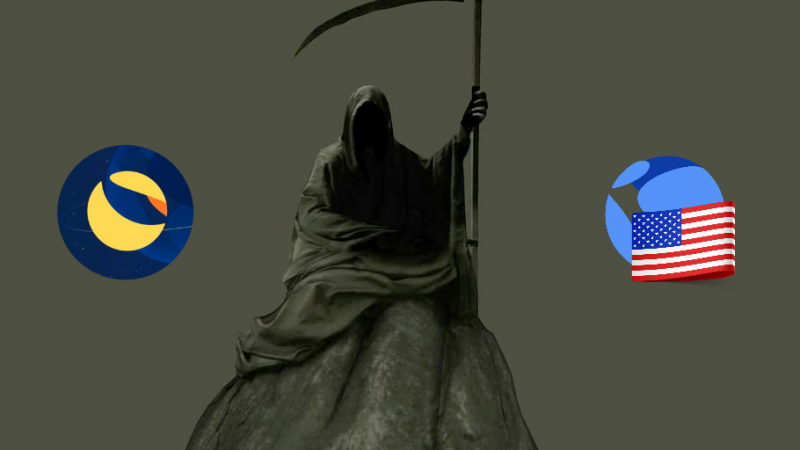The Terra (LUNA) and UST collapse were a never before seen phenomenon. The market was parallelly being drained by massive liquidations. This was the first time in crypto history that we got to witness the death of a blockchain in the way that it happened.
While the chain is running again, attempts to keep it operational may prove futile. A new proposal was suggested on Monday by co-founder Do Kwon to launch a new version of the blockchain without UST. The initiative, however, may be useless with Luna nearing around zero. Many of its functionalities have been deactivated in the meanwhile.
Kyle Samani, the co-founder of Multicoin Capital, says,
“Terra in its current form is dead for all practical purposes.”
The demise of a crypto ecosystem the size of Terra, once valued at more than $40 billion, is a watershed moment in the history of blockchain technology. Hundreds of smaller blockchains have died previously but they still have a few devoted admirers, many of whom are in the hopes that the network will blow up again. Terra is now in a similar situation but on a far larger scale.
John Griffin, a finance professor at the University of Texas at Austin, says,
“I think volume will dry up and it will trade infrequently, then die […] Once there is no economic incentive to maintain the blockchain, someone turns off the electricity.”
Mudit Gupta, a chief information security officer at Polygon, says,
“A chain is considered dead when new developers are not coming to build on it and existing developers gradually move out.”
Validators, users, developers, investors, and others participate in blockchains, and their involvement is intimately tied to the chain token’s well-being and appreciation. As more people become involved and activity grows, coin prices are expected to rise, enticing more users and creating a virtuous cycle. However, if a chain’s token fails, so does everyone’s financial motivation to maintain it. Only a few ideological supporters stay if the loss of value looks to be permanent; everyone else quits. This is how a blockchain might perish.
With Terra’s (LUNA) value plummeting, activity on the blockchain is dwindling. According to tracker Terra Station, staking has all but stopped: only 0.01% of all Luna is staked presently. Terra’s entire valuation, which includes programs like the DeFi platform Anchor Protocol, has plummeted, falling from more than $31 billion in April to negative territory.
Kwon has advocated rebuilding the chain while acknowledging that they will lack the ecology to rebuild from Luna’s ashes. However, some of Terra’s former investors are opposed to reforms like forking.
Binance founder, CZ, said,
“Minting, forking don’t create value.”
According to Aaron Brown, crypto investor, and writer for Bloomberg Opinion, the final downfall might take a long time, but there is only one way to go from here: down.





